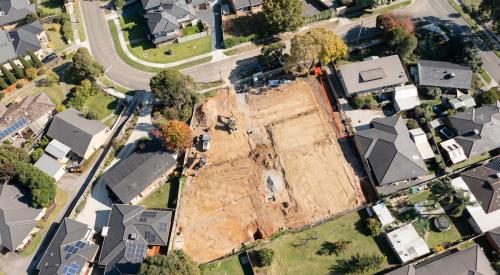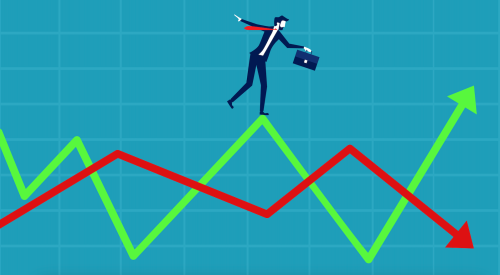Although it has appeared that the suburban shift resulted directly from the pandemic, data shows this shift has been ongoing for several years, only accelerated by the pandemic. The same can be said for record-low housing inventory. Since the Great Recession and resulting housing bust, builders have constructed fewer homes, especially in relation to the increasing population. But, as Jenny Schuetz, researcher at the Brookings Institution tells the New York Times, there has not quite been a housing market like the current one. It’s a result of various forces pushing and pulling, such as Boomers less willing to list and mortgage rates at new lows.
Today, if you’re looking for one, you’re likely to see only about half as many homes for sale as were available last winter, according to data from Altos Research, a firm that tracks the market nationwide. That’s a record-shattering decline in inventory, following years of steady erosion.
And it’s one flashing sign that the housing market — which can defy basic laws of economics even in normal times — is acting very, very strangely.
This picture is a product of the pandemic, but also of the years leading up to it. And if half of what is happening in the for-sale market now seems straightforward — historically low interest rates and a pandemic desire for more space are driving demand — the other half is more complicated.













